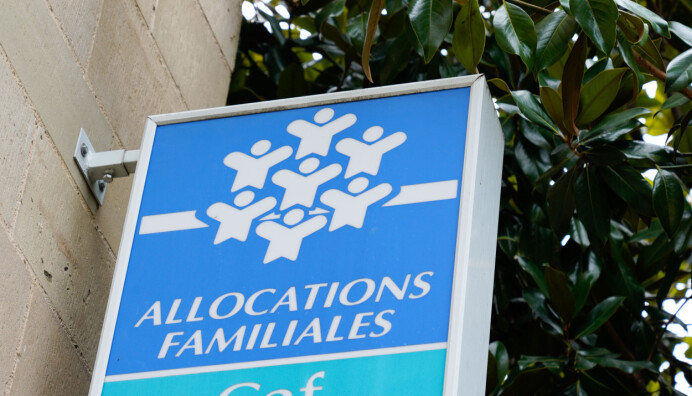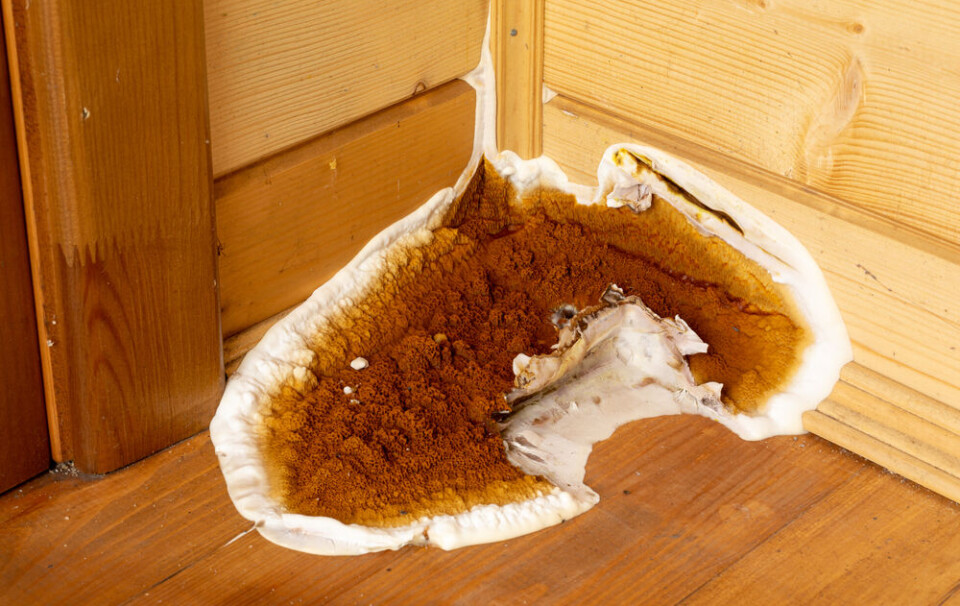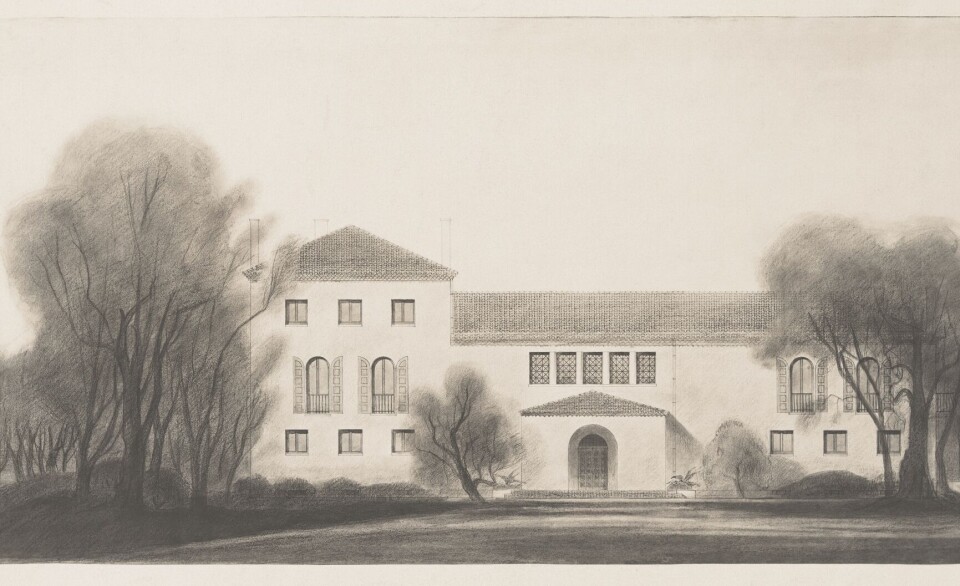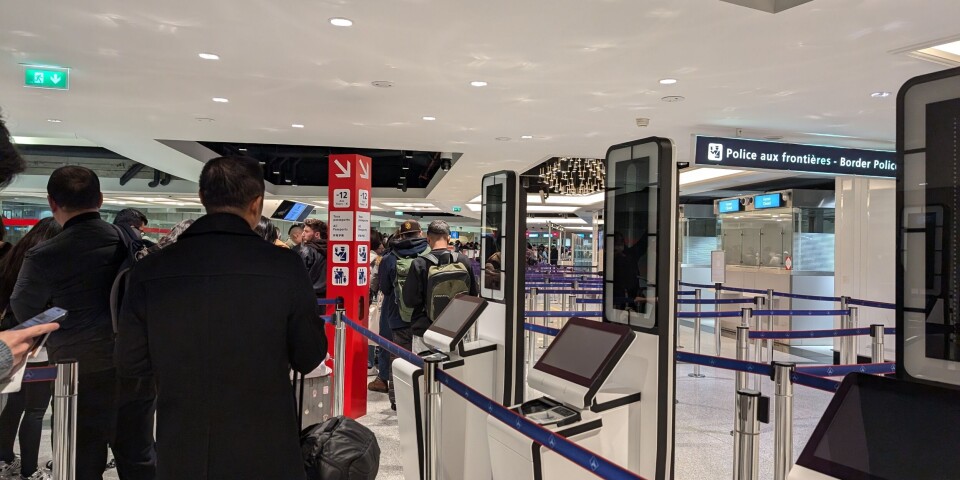What are the rules for ‘key boxes’ outside homes in France?
The rules depend on where you want to install the box, and whose property it is
There are rules in France as to where you are allowed to install a key box
BalkansCat/Shutterstock
There are certain rules that must be followed when installing a keybox whether it is your primary or second home.
‘Key boxes’ (or sometimes called ‘lock boxes’) are usually plastic or metal boxes that you can install somewhere discreet near the front door of your home, into which you can lock a spare set of keys. They typically have a numeric code that opens the box.
Depending on the type of box and property, they might be drilled into a wall, or locked - like a big padlock - on a bar or fence. It is advisable to put the box in an accessible but not-obvious place, which is not visible from the road.
You may want to install a key box to:
Grant people key access when you are not there (for example, cleaners, or neighbours in case of a problem).
Have a good emergency backup key if you lose your main set
Offer access to guests if you run short-term lets such as Airbnbs, so you can give guests access without needing to meet them in person to hand over keys (assuming your building and insurance allows short-term rentals)
Legally, however, there are some specifications you must follow in France when using a keybox.
Installing a keybox on a private property
You have complete freedom to install a key box anywhere on your property, and can choose where you want to put it. This might be somewhere in the garden, or attached to a structure such as a wall or gate.
This is according to Article 544 of the Code civil, which affirms the absolute nature of property rights.
Installing a key box on a joint-ownership property
You cannot install a key box anywhere that is considered to be ‘a common area’, without discussion and explicit agreement from all co-owners, even if the key box only provides access to your property.
This is outlined in law no. 65-557 of July 10 1965, which states that a joint-ownership building is divided into common areas and private areas. Common areas include spaces such as the entrance hall, doors, and outside walls.
However, you are allowed to install a key box in any non-common areas that you personally own.
Installing a key box in the public space
It is strictly forbidden to add private devices, such as key boxes, to public space furniture, such as street lamps, electrical cabinets, or even common walls.
Any public space furniture that is managed by public authorities is intended for the general use of the public. The installation of any private boxes would infringe this “public utility”, states article L.2121-1 of the Code général de la propriété des personnes publiques.
Some cities - including Paris, Lille, Nice, and Annecy - have even taken extra measures to formally ban the installation of key boxes on items such as electrical cabinets and lampposts.
Read also: Paris joins Nice, Lille and other cities crackdown on ‘key boxes’
Read also: Who has a key to get into my home letterbox in France?
Do I have to inform my insurance company if I install a key box?
Legally, the issue is between you and the insurance company.
It is highly advisable to check your insurance policy before installing a key box, as some companies may consider it to be a potential source of security breach.
Although the boxes are generally difficult to access, it is not impossible. There is a real risk that your key box could be vandalised, and the keys used to gain unauthorised access to your home.
Depending on your policy, if a burglary or other crime occurs as a result of a compromised key box, your insurer could refuse to compensate for the damage by invoking an exclusion clause, as stipulated in article L113-1 of the Insurance Code.
It is therefore essential to carefully check the terms of the general and special conditions of your insurance policy. Contact the company to be 100% certain, and getting any assurances in writing – before installing a key box.




























